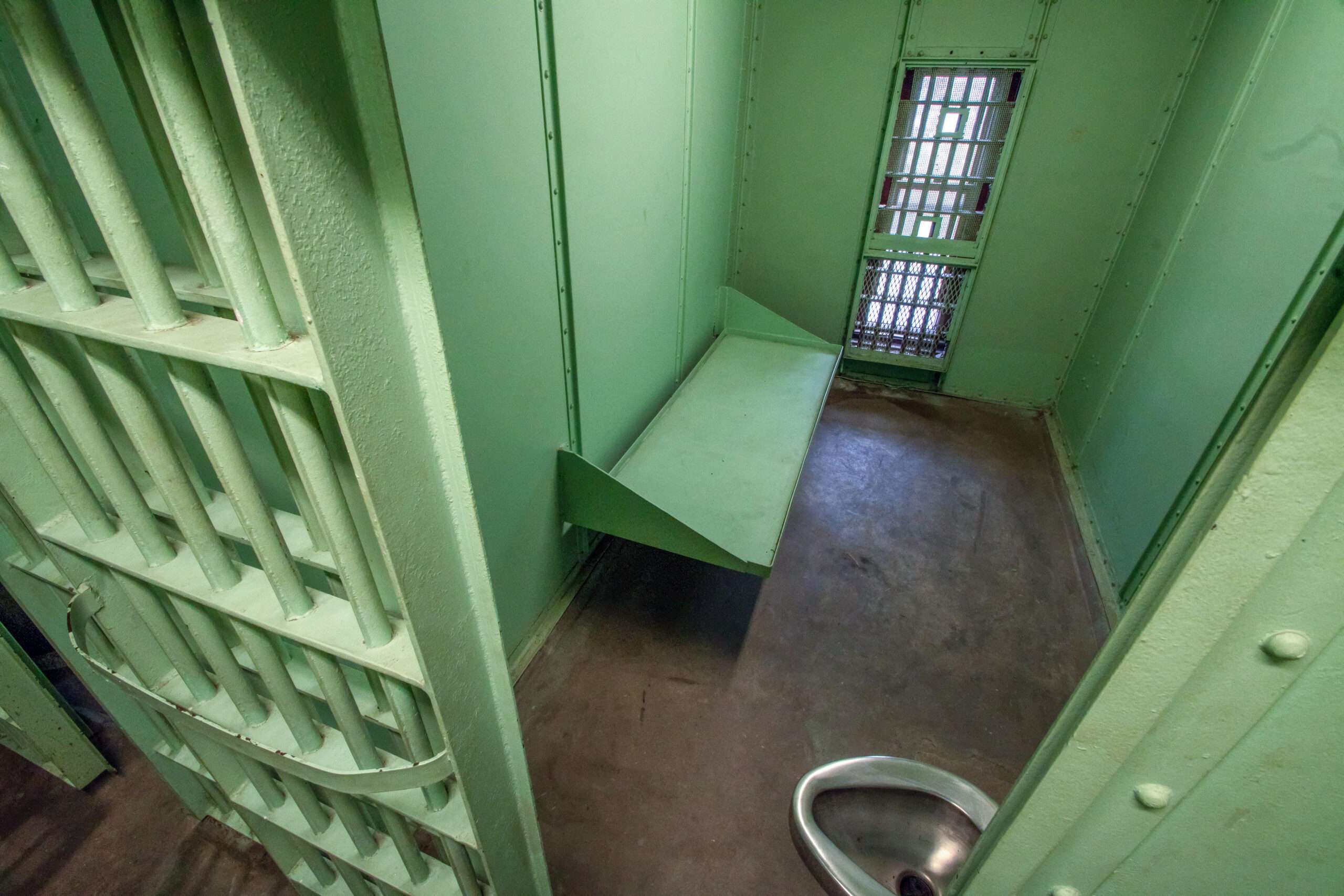Experts agree that per-capita violent crime rates are decreasing, but incomplete FBI crime reports may be exaggerating these declines. In the 2024 election campaigns, parties and candidates are offering contrasting narratives on public safety. This disparity is fueled by discrepancies in how local and state law enforcement agencies define, collect, and report crime data. This lack of consistency leads to incomplete statistics that can be manipulated to fit different stories.
Prof. Alex Piquero emphasized the importance of transparent and reliable data in shaping smart policy decisions, especially during an election year. The 2024 election cycle has seen Republicans claiming a rise in violent crime, particularly in urban areas, due to perceived “soft on crime” Democratic policies. On the other hand, Democrats argue that per-capita violent crime has been on a downward trend for decades, citing the FBI’s statistics.
While there is a consensus that violent crime rates are decreasing, there are concerns about the accuracy of FBI crime reports. Some experts, like Crime Prevention Research Center President John Lott, Jr., argue that the decline in reported crimes may be due to less reporting rather than a decrease in actual crime. These discrepancies highlight the need for more reliable and timely data collection to accurately assess the state of crime in the country.
Representative Roger Goodman of Washington highlighted the discrepancy between public perception of crime and actual crime rates, pointing out that while crime rates have been decreasing, polls consistently show that most Americans believe crime is on the rise. He noted that sensationalized media coverage of crime can skew public perception and make it difficult to promote criminal justice reform programs that are effective.
Goodman also discussed the challenge of addressing a “cognitive dissonance” where crime rates are down, but people still feel unsafe. He emphasized the need to differentiate between actual crime rates and people’s feelings of safety, highlighting the importance of holistic safety measures such as adequate lighting in neighborhoods and affordable housing.
Huebner echoed this sentiment, noting that people’s perceptions of safety are influenced by a variety of factors beyond just crime rates. She emphasized that societal disorder and lack of trust in government can also contribute to feelings of insecurity among the public.





